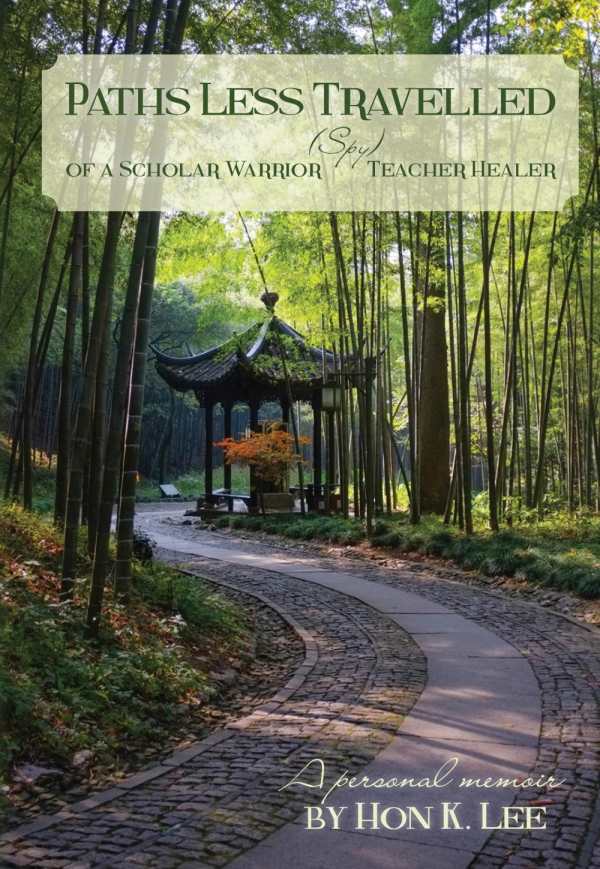Paths Less Travelled of a Scholar Warrior (Spy) Teacher Healer
Vietnam vet, martial artist, humbly binds together many stories, many lives from his past.
Paths Less Travelled of a Scholar Warrior (Spy) Teacher Healer visits Hon K. Lee’s childhood in New York’s Chinatown during the mid-twentieth century, his service in Vietnam as a marine, his career in the CIA, and his evolution as a teacher, martial arts practitioner, and acupuncturist. Echoing Frost’s poem, “The Road Not Taken,” Lee’s memoir depicts uncommon choices. These piquant vignettes stand as brushstrokes in a portrait of reinvention.
An account of a former spy turned kung fu disciple holds potential for bravado, but Lee takes an appealingly humble approach. There is little sense of self-made success—he frequently focuses on the individuals who influenced him, and he emerges as a humane figure compelled by interconnectedness. Admissions of his own mistakes round out the portrait of a career built through ethics.
Each titled vignette offers a glimpse of the past, from humorous anecdotes on family to reportage from the field during the author’s platoon days. The section on Lee’s pursuit of martial arts focuses on training partners, teachers, and performances, emphasizing gratitude for individuals who shepherded his progress. The section on traditional Chinese medicine recounts experiences with healers, among others. At times the brevity of these vignettes creates an elusive mood; major figures and bit players—especially collegiate ones—pass in a swirl of incidents without becoming entirely fleshed out. Exceptions include immediate family, such as Baba (Lee’s father), whose character quietly reveals itself through his admiration of a Rudyard Kipling poem.
When the writing focuses less on relating unexpected happenings, and attends to minute detail, scenes spring to life. One such passage describes an herbalist opening “one drawer, and then another, selecting a few pinches of dark-brown twigs from one, a handful of leaves from the next. The scent of sandalwood from the incense burning on the counter barely masked the mix of strange odors emanating from the cabinet.” Other memorable moments include descriptions of Chinatown. An afterword provides a rationale for the book’s structure, which divides content along scholar/warrior/teacher/healer lines. The work would deepen if these comments were layered throughout as reflections.
Lee’s autobiography skillfully captures facets of close-knit—and sometimes seemingly closed—communities. Whether penning memories of military friendships or the funny results of team-building exercises in Langley, Virginia, the author maintains a conversational, and sometimes bemused, tone. The book’s range could draw a number of audiences interested in each career Lee has taken, but the thread binding them together proves more intriguing: the story of a Brooklyn-born, Chinese American son whose desire to witness a wider world led him back to an ancient art.
Reviewed by
Karen Rigby
Disclosure: This article is not an endorsement, but a review. The publisher of this book provided free copies of the book and paid a small fee to have their book reviewed by a professional reviewer. Foreword Reviews and Clarion Reviews make no guarantee that the publisher will receive a positive review. Foreword Magazine, Inc. is disclosing this in accordance with the Federal Trade Commission’s 16 CFR, Part 255.

